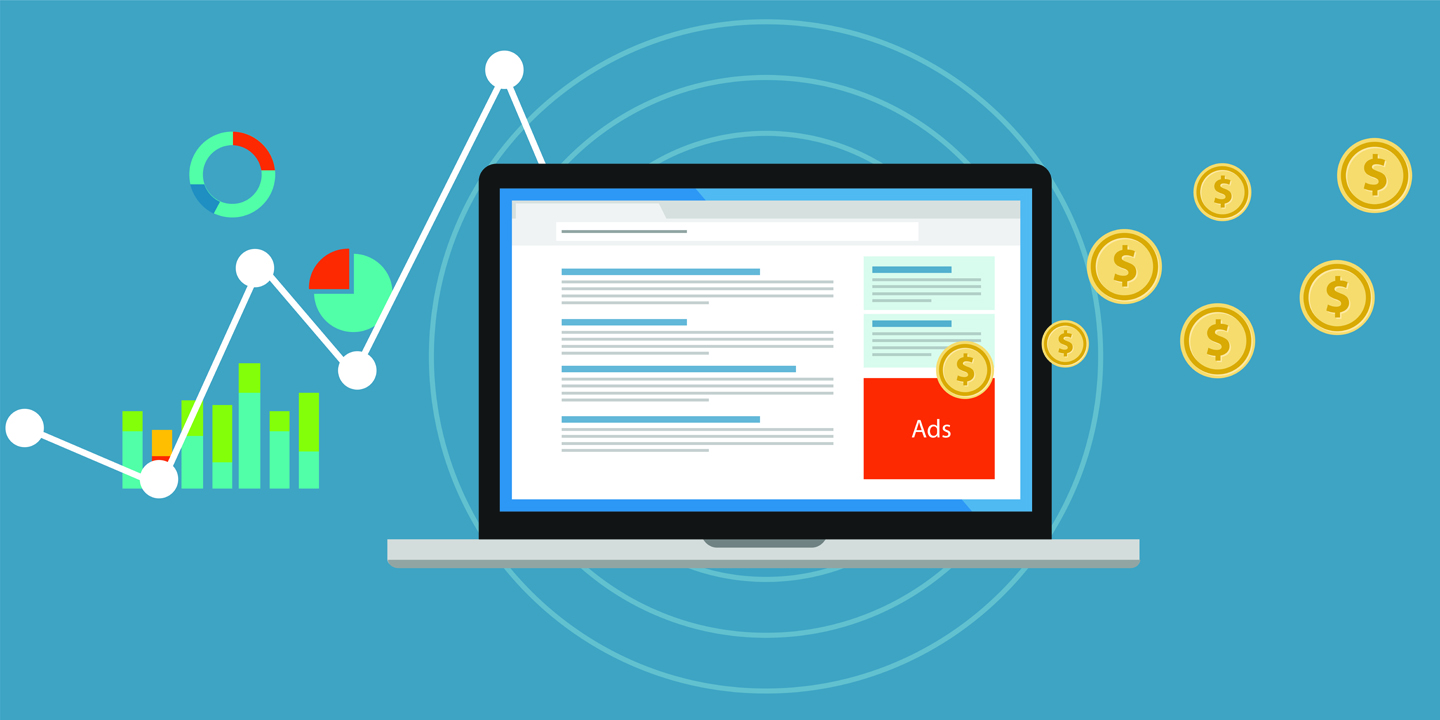
Let’s talk Display Advertising. One of the key players in the world of digital marketing, it’s an ever-evolving, regularly-used, and often-misunderstood advertising strategy. In its most basic form, it’s an online method of advertising that puts a company’s promotional messages on third party sites or search engine results pages. At its most sophisticated, it is one of the best plays for brand awareness you can deploy. And yet, it’s often not put to its best use.
But before we get to the best practices for Display, let’s look at the path it has taken from its early garish pop-up banner days to the role it can play today. Do you remember the days of intrusive pop-ups that you tried in vain to close down but always ended up opening by mistake? Or the neon, banner ads that made it hard to focus on the news article you were reading? That, our friends, is old school display. With no regard for who it targeted — (how many times were you shown ads for products you had already purchased?) — and definitely no interest in thoughtful design, Display got a bad name in its early days. However, those times have changed and today, when done right, Display can be an incredibly targeted form of advertising, which shows the right ad to the right person at the right time.
So what has changed? First of all, marketers started to realize that although Search is great for urgency and top-of-mind needs — I need an electrician and I need one now! — Display is one of the best tools for building brand awareness, loyalty, and trust. In other words, it creates demand rather than answering it. It’s a means of guiding consumers down your sales funnel in a way that can develop positive sentiment for your brand. And when you think of it this way, you realize you can’t really measure Display on conversions the same way you would Search, or expect it to generate sales immediately.
And what about the future? In the fast-paced world of digital marketing, practices change so quickly, it can be hard to keep up. When it comes to Display, the future is, without a doubt, programmatic — (programmatic meaning the use of machines and algorithms to buy digital advertising.) An article in Adweek, actually predicts that programmatic “Could come to eclipse all others (forms of purchasing ads), and that 90 percent of the ad market could be steered programmatically within one decade.†Emarketer quantifies that even further with a dollar amount, estimating that more than $65 billion will be spent on programmatic digital display advertising by 2020. So what is it about programmatic that has marketers so excited? It all boils down to the use of rich audience data that leads to highly targeted ads. And it doesn’t stop there! Programmatic creatives are the next step down the path to the ultimate personalization of ads, where you won’t just see automated buys and placements, but you will also see that actual creative is designed by machines that have worked out — based on data — what works best, and where.
Seeing as we are talking trends, we should also mention that mobile ad spend for Display is taking over all other forms, while engaging and interactive methods such as video are finding their way into the world of Display.
In other words, the future for Display is looking bright (but not too bright!) for marketers who use their investment wisely and focus on using it more for brand awareness than expecting it to instantly convert in the same way other kinds of advertising might do.



